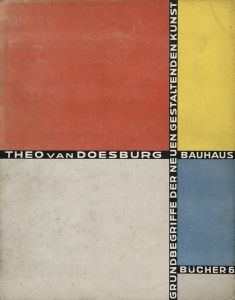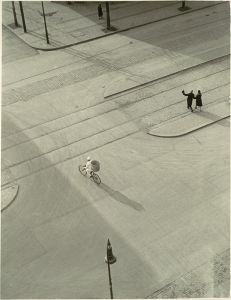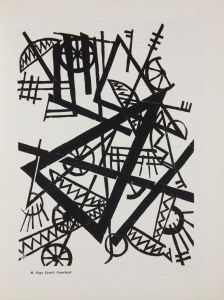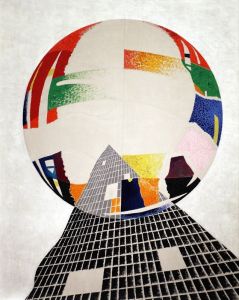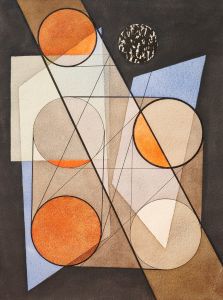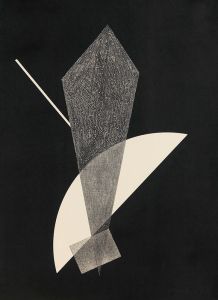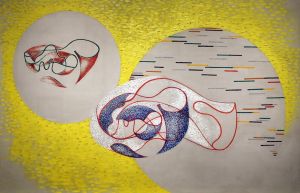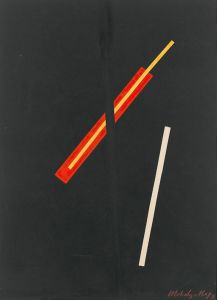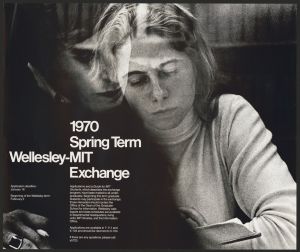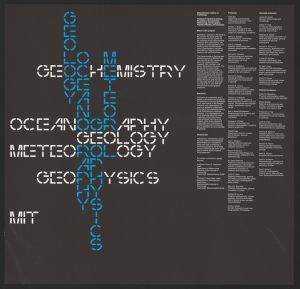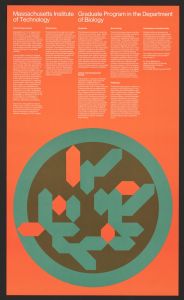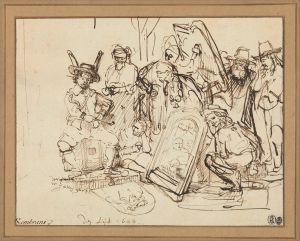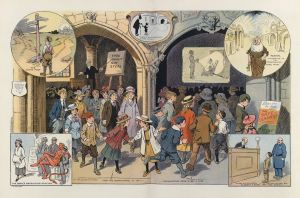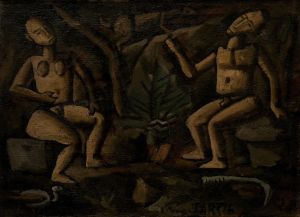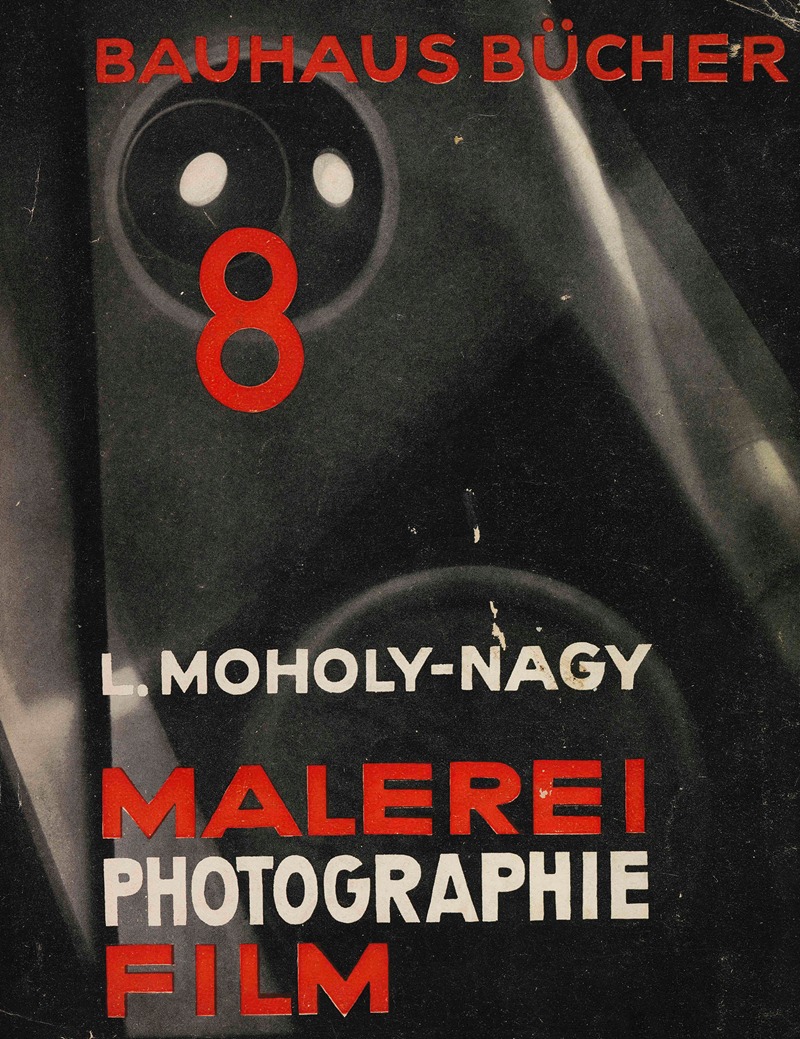
Malerei – Photografie – Film
A hand-painted replica of László Moholy-Nagy’s masterpiece Malerei – Photografie – Film, meticulously crafted by professional artists to capture the true essence of the original. Each piece is created with museum-quality canvas and rare mineral pigments, carefully painted by experienced artists with delicate brushstrokes and rich, layered colors to perfectly recreate the texture of the original artwork. Unlike machine-printed reproductions, this hand-painted version brings the painting to life, infused with the artist’s emotions and skill in every stroke. Whether for personal collection or home decoration, it instantly elevates the artistic atmosphere of any space.
"Malerei – Photografie – Film" is not a painting but rather a seminal book by the Hungarian artist and Bauhaus teacher László Moholy-Nagy. Published in 1925, it is the eighth volume in the Bauhausbücher series, a collection of books that encapsulated the Bauhaus movement's innovative ideas and practices. Moholy-Nagy's work in this book is a critical exploration of the relationship between traditional art forms and new media, particularly focusing on the interplay between painting, photography, and film.
László Moholy-Nagy was a multifaceted artist whose work spanned painting, photography, typography, sculpture, and industrial design. He was a prominent figure in the Bauhaus school, a revolutionary art and design institution in Germany that sought to unify art, craft, and technology. Moholy-Nagy's contributions to the Bauhaus were significant, particularly in his role as a professor where he emphasized the integration of technology and industry with the arts.
In "Malerei – Photografie – Film," Moholy-Nagy articulates his vision of a new art form that transcends traditional boundaries. He argues that photography and film are not merely mechanical reproductions of reality but are capable of creating new visual experiences and expressions. This perspective was groundbreaking at the time, as it challenged the conventional hierarchy that placed painting at the pinnacle of artistic expression.
The book is divided into several sections, each examining different aspects of visual media. Moholy-Nagy discusses the potential of photography to capture and manipulate light in ways that painting cannot, thus offering new possibilities for artistic exploration. He also explores the dynamic nature of film, emphasizing its ability to convey movement and change over time, which he believed could revolutionize the way stories are told and experiences are shared.
Moholy-Nagy's ideas in "Malerei – Photografie – Film" were influenced by the technological advancements of the early 20th century and the changing perceptions of art and reality. He was particularly interested in how these new media could democratize art, making it more accessible to the masses. His work laid the groundwork for future developments in multimedia art and had a lasting impact on the fields of photography and film.
The book is also notable for its design, which reflects the Bauhaus's emphasis on functionality and simplicity. It includes numerous illustrations and photographs that complement Moholy-Nagy's theoretical discussions, providing visual examples of the concepts he describes. These images serve not only as illustrations but also as integral components of his argument, demonstrating the innovative potential of photography and film.
"Malerei – Photografie – Film" remains an influential text in the study of modern art and media. Moholy-Nagy's insights into the relationship between different art forms continue to resonate with contemporary artists and theorists who explore the intersections of technology and creativity. His work is celebrated for its forward-thinking approach and its contribution to the evolution of visual culture in the 20th century.
In summary, "Malerei – Photografie – Film" is a critical exploration of the transformative potential of photography and film as artistic media. Through this work, László Moholy-Nagy challenged traditional artistic conventions and paved the way for new forms of expression that continue to influence artists and thinkers today.





